Table of Contents
Categories
-
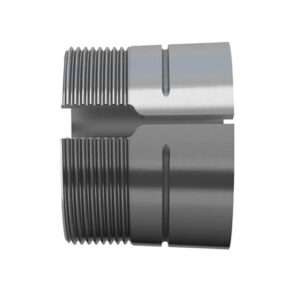
Adapter Sleeves (9)
-
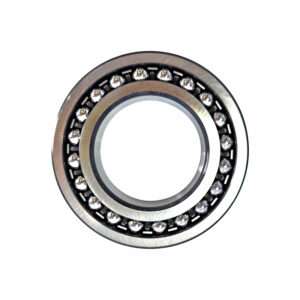
Ball Bearings (11)
-

Ball Screw Bearings (2)
-
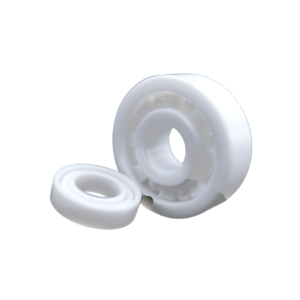
Ceramic Bearings (27)
-
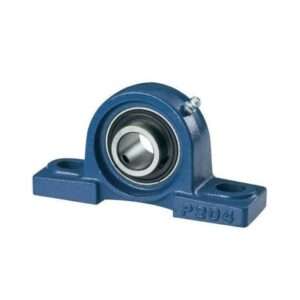
Pillow Block Bearings (4)
-
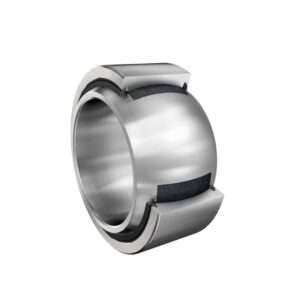
Plain Bearings (32)
-

Roller Bearings (12)
-
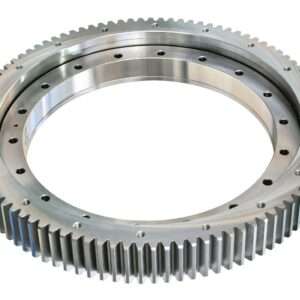
Slewing Bearings (43)
-
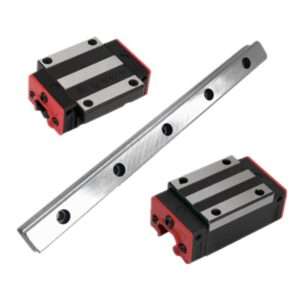
Sliding Block (3)
-
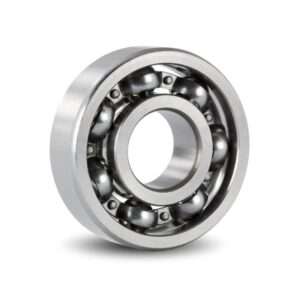
Stainless Steel Bearings (27)
-
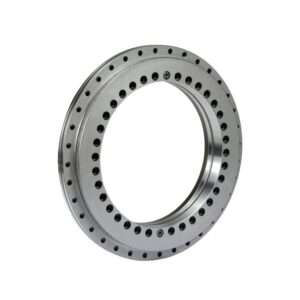
Super Precision Bearings (6)
-
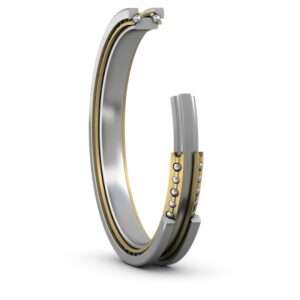
Thin Section Bearings (9)
-
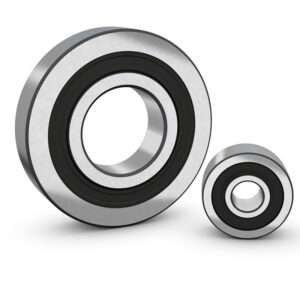
Track Rollers (4)
-
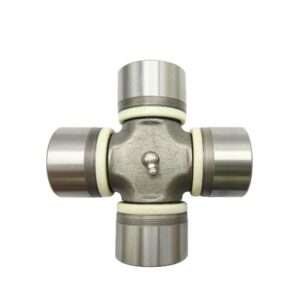
Universal Joints (1)
Machining Marvels: Unveiling the Secrets of Crossed Bearings
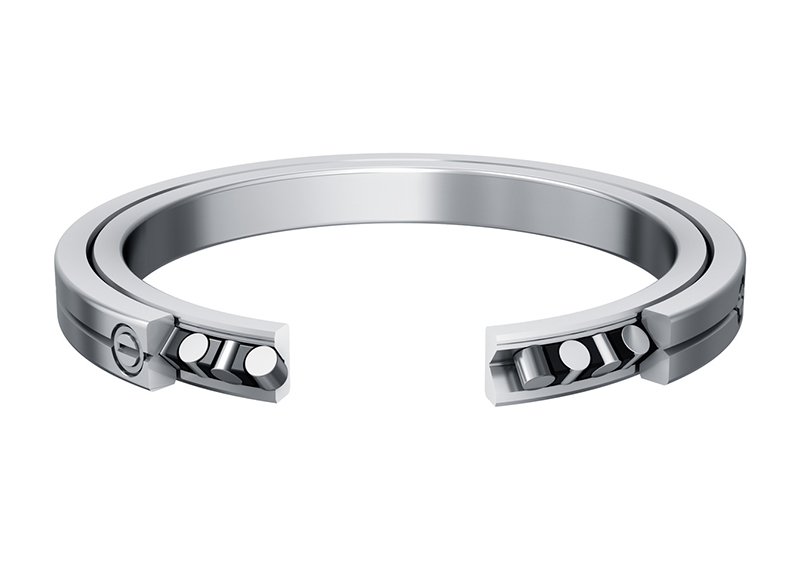
Introduction
Definition and Overview
Crossed roller bearings are specialized cylindrical roller bearings designed to handle both radial and axial loads with high precision. Unlike traditional bearings, crossed roller bearings feature crossed races that intersect at right angles, providing increased rigidity and load-carrying capacity. This unique design allows for smooth motion and exceptional accuracy in applications where precision is crucial, such as robotics, machine tools, and medical equipment. The crossed arrangement of rollers minimizes friction and ensures even load distribution, enhancing overall performance. Due to their compact design and ability to withstand complex loads, crossed roller bearings are favored in applications where space is limited, demanding both efficiency and precision in mechanical systems.
Significance of Crossed Roller Bearings in Machining
Crossed roller bearings play a pivotal role in the realm of machining, offering significant advantages that contribute to the efficiency and precision of various processes. Their distinctive design, with crossed races and cylindrical rollers, provides exceptional rigidity, enabling these bearings to handle complex axial and radial loads with minimal deflection. This attribute is particularly crucial in machining applications where precision is paramount. The reduced friction and precise motion control of crossed roller bearings contribute to improved accuracy in machining operations, ensuring that tools and components move smoothly and maintain alignment. Their compact structure is advantageous in space-constrained machining setups, allowing for more efficient use of available space without compromising on performance. In the machining industry, where intricate and high-precision tasks are commonplace, crossed roller bearings emerge as indispensable components, elevating the overall quality and reliability of the machining processes they support.
Basics of Crossed Roller Bearings
Structure and Design
Crossed roller bearings feature a distinctive structure designed for optimal performance in handling both radial and axial loads. The key characteristic lies in the arrangement of cylindrical rollers, which are set at right angles to one another between two precision-ground races. This crossed configuration provides increased rigidity and load-bearing capacity, making these bearings suitable for applications demanding high precision and accuracy. The rollers’ cross arrangement minimizes friction during rotation, ensuring smoother motion and reduced wear. The design also allows for moment loads and axial, radial, and tilting movements, making crossed roller bearings versatile in various industrial applications. Additionally, the compact design of these bearings enhances their suitability for environments with limited space. The combination of precision, rigidity, and versatility in design makes crossed roller bearings indispensable in industries such as robotics, machine tools, and medical equipment, where reliability and accuracy are paramount.
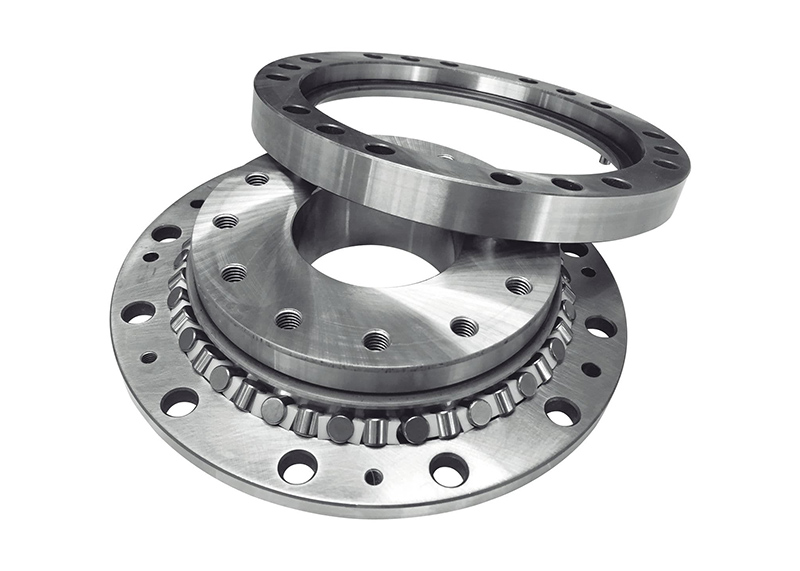
How Crossed Bearings Differ from Other Bearing Types
Crossed roller bearings distinguish themselves from other bearing types through their unique design and capabilities. Unlike conventional bearings, crossed roller bearings feature two sets of crossed races and cylindrical rollers arranged at right angles to each other. This innovative structure provides exceptional rigidity and load-bearing capacity, enabling these bearings to handle both radial and axial loads with reduced deflection. The crossed roller arrangement minimizes friction during rotation, ensuring smoother and more precise motion. This sets them apart from ball bearings, which typically handle radial loads, and thrust bearings, which are optimized for axial loads. The ability of crossed roller bearings to accommodate complex loads, including moment loads and tilting movements, makes them highly versatile in applications where precision and reliability are paramount, such as robotics, machine tools, and medical devices. Their compact design further distinguishes them, allowing for efficient use of space in constrained environments.
The Mechanics Behind Crossed Bearings
Load Distribution
The load distribution in crossed roller bearings is a critical aspect contributing to their exceptional performance. The unique crossed arrangement of cylindrical rollers facilitates even load distribution across the bearing’s races. This design minimizes stress concentration points, ensuring that forces are spread uniformly. As a result, crossed roller bearings can handle both radial and axial loads with enhanced stability and reduced risk of deformation. The distributed load-bearing capability is particularly advantageous in applications requiring precision and reliability, as it prevents localized wear and extends the bearing’s lifespan. This feature sets crossed roller bearings apart, making them well-suited for demanding industries where consistent load distribution is crucial for optimal mechanical performance.
Precision and Accuracy in Motion
The mechanical principles governing crossed roller bearings are instrumental in achieving unparalleled motion precision and accuracy. With a unique design featuring crossed races and cylindrical rollers set at right angles, these bearings provide exceptional rigidity, minimizing deflection and ensuring precise motion control. The arrangement of rollers enables smooth rotation, reducing friction and enhancing overall accuracy in various applications. This design also allows crossed roller bearings to withstand complex loads, including radial, axial, and moment loads, making them indispensable in tasks demanding meticulous precision. The ability to accommodate tilting movements further contributes to their versatility. As a result, crossed roller bearings play a vital role in industries such as robotics, machine tools, and medical equipment, where exacting motion control and precision are paramount for optimal performance.
Advantages of Crossed Roller Bearings
High Precision: Crossed roller bearings are renowned for their exceptional precision due to their unique design with crossed races and cylindrical rollers. This precision makes them well-suited for applications demanding accurate and meticulous motion control.
Rigidity: The crossed arrangement of rollers provides increased rigidity, minimizing deflection even under heavy loads. This rigidity ensures stability in various industrial operations, contributing to the overall reliability of mechanical systems.
Versatility: Crossed roller bearings can handle complex loads, including radial, axial, and moment loads. Their ability to accommodate tilting movements adds to their versatility, making them suitable for a wide range of applications in diverse industries.
Compact Design: These bearings have a compact structure, allowing for efficient use of space in constrained environments. This makes them particularly advantageous in applications where space is limited, without compromising on performance.
Reduced Friction: The crossed roller arrangement minimizes friction during rotation, resulting in smoother motion. Reduced friction not only enhances precision but also contributes to the longevity of the bearings by minimizing wear and tear.
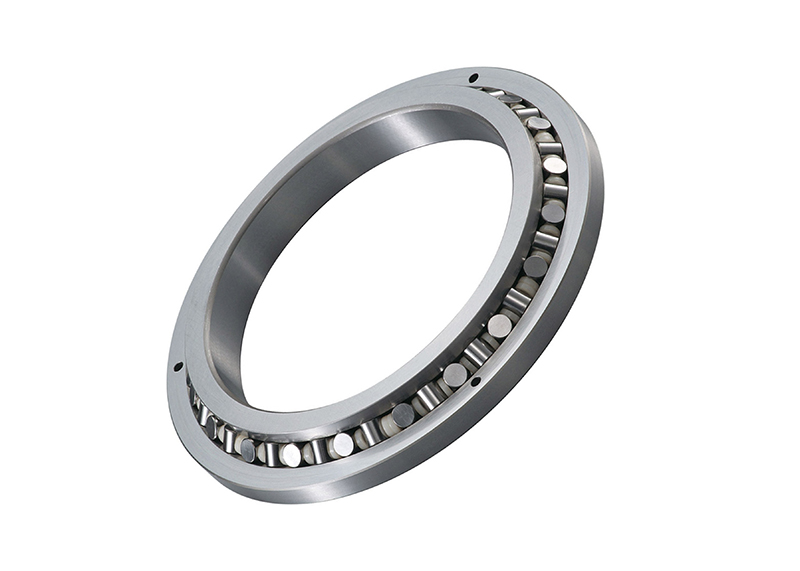
Applications in Machining
Machine Tools: Crossed roller bearings find extensive use in machine tools such as lathes, milling machines, and machining centers. Their high precision and rigidity contribute to the accuracy of these tools, ensuring precise cutting, shaping, and milling operations.
Robotics: In robotic systems where precise motion control is crucial, crossed roller bearings are employed to facilitate smooth and accurate movements. These bearings support the robotic arms and joints, enabling precise positioning and maneuverability in various industrial and automation applications.
Medical Equipment: Crossed roller bearings play a vital role in medical equipment such as diagnostic machines, imaging devices, and surgical robots. The bearings’ ability to handle complex loads and provide stability is essential for achieving precise and controlled movements in medical applications.
CNC Machining: In Computer Numerical Control (CNC) machining, where precision is paramount, crossed roller bearings are utilized in the construction of the machines. They contribute to the accuracy of the CNC machines, ensuring precise control of cutting tools and movement along multiple axes during machining processes.
Choosing the Right Crossed Roller Bearings
Selecting the appropriate crossed roller bearing involves careful consideration of several key factors to ensure optimal performance in a specific application. First and foremost is the understanding of the required precision and load capacity for the intended task. The magnitude and direction of expected loads, including radial, axial, and moment loads, must be thoroughly evaluated. Additionally, the operating environment, such as temperature, contamination levels, and exposure to corrosive substances, should be taken into account to choose a bearing with suitable material and protective features. The desired speed and accuracy of motion also influence the selection, as different crossed roller bearings may vary in their design and capabilities. Compatibility with the overall system, including shaft and housing requirements, is crucial to ensure proper installation and functionality. By carefully considering these factors, engineers and designers can make informed decisions to select the most appropriate crossed roller bearing for their specific application, optimizing efficiency, and longevity.
Conclusion
In summary, crossed roller bearings are essential for precision applications, offering unique advantages such as exceptional rigidity, high precision, and versatility. Their distinctive design, with crossed races and cylindrical rollers, enables efficient handling of complex loads in industries like robotics, machine tools, and medical equipment. The compact structure allows for space-efficient use, while reduced friction ensures longevity. These bearings play a vital role in machining processes, contributing to the accuracy of machine tools, CNC machining, robotics, and medical devices. Engineers must carefully consider factors like load capacity, operating environment, and system compatibility when selecting crossed roller bearings to optimize efficiency and longevity in their specific applications.
References
- 1.”Crossed Roller Bearings” from IKO International;
- 2. “Crossed Roller Bearings” from HIWIN US;
- 3. “Cross Roller Bearings” from Timken.

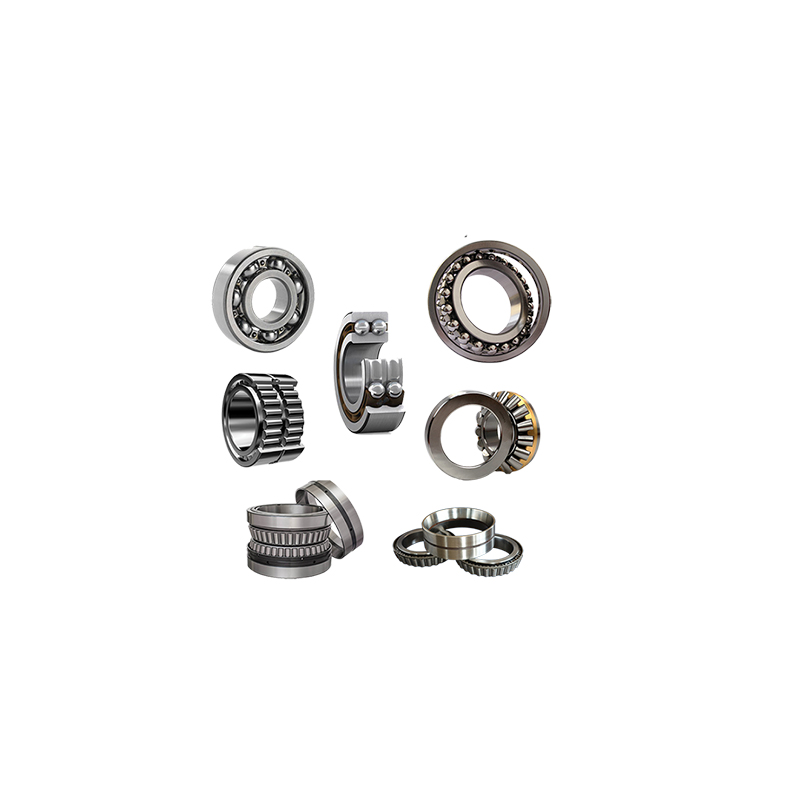
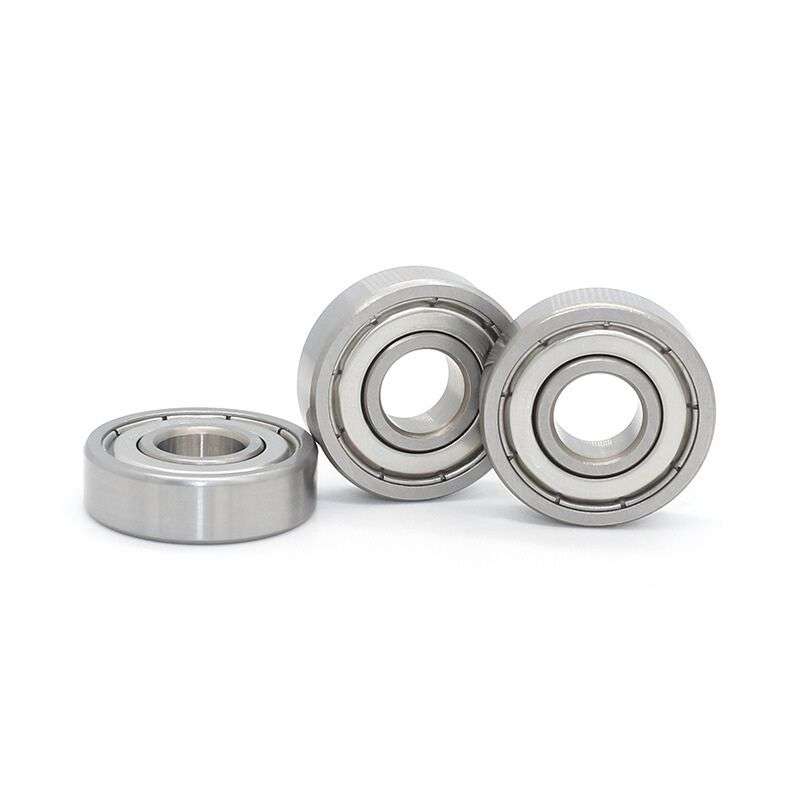

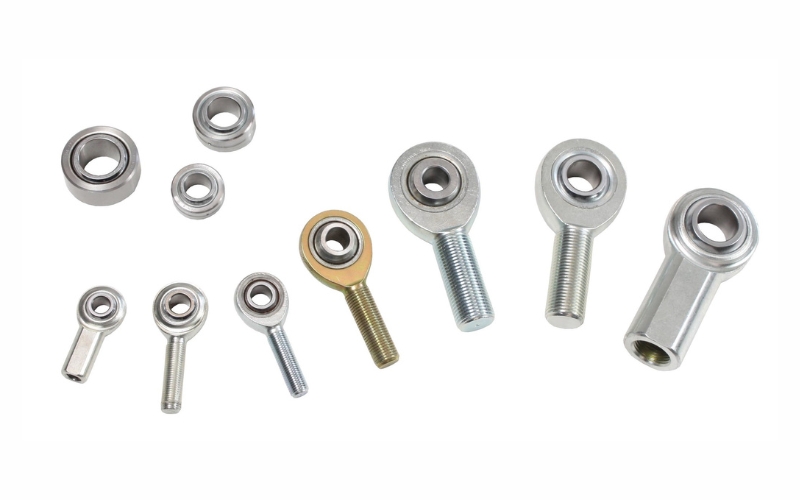
I visit every day a fеw web sites аnd sites to read articles, however this webpage presents feature based writing.
It’s great to hear that you’re a regular reader of various websites and enjoy reading articles. Feature-based writing, like what you find on this webpage, focuses on in-depth analysis, storytelling, or providing unique perspectives on specific topics. I’m glad you appreciate this style of writing! If there are any particular features or topics you’d like to see covered more, feel free to let me know. Happy reading!